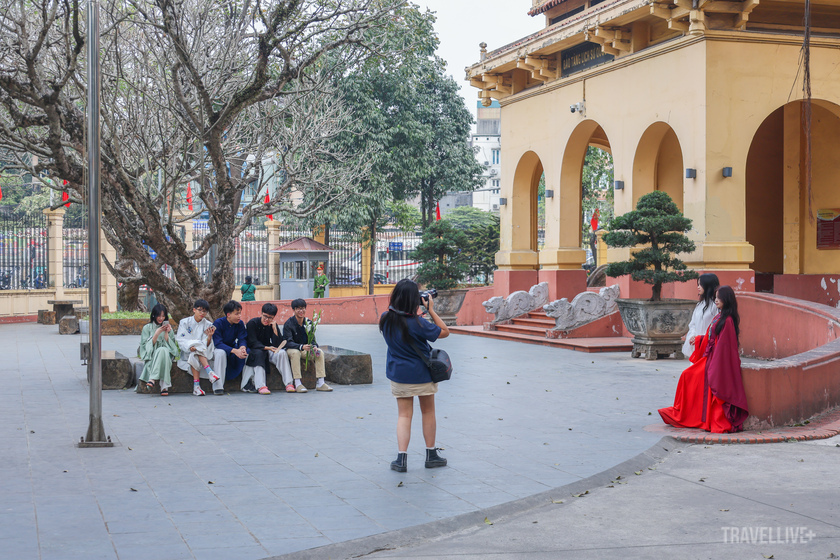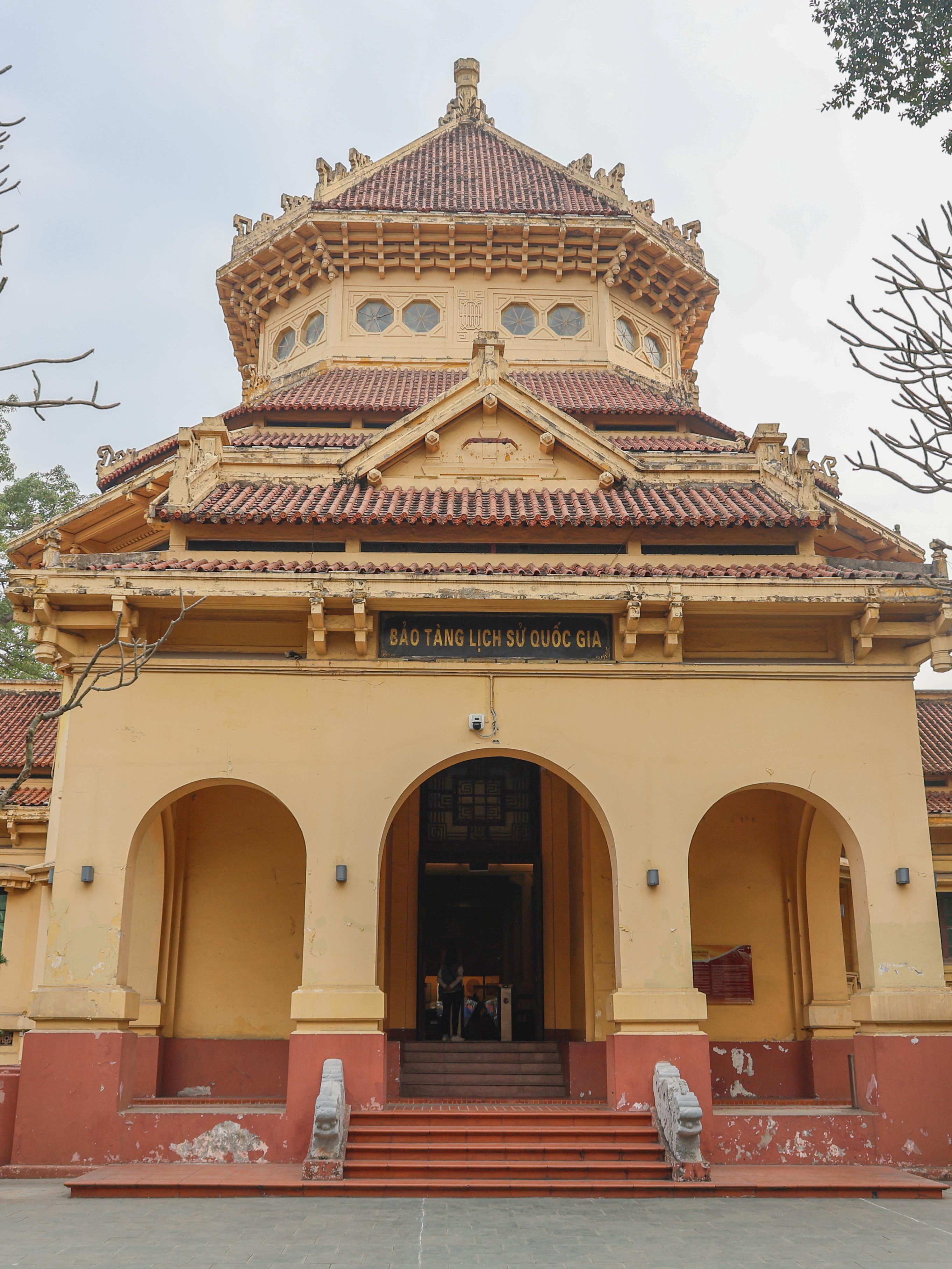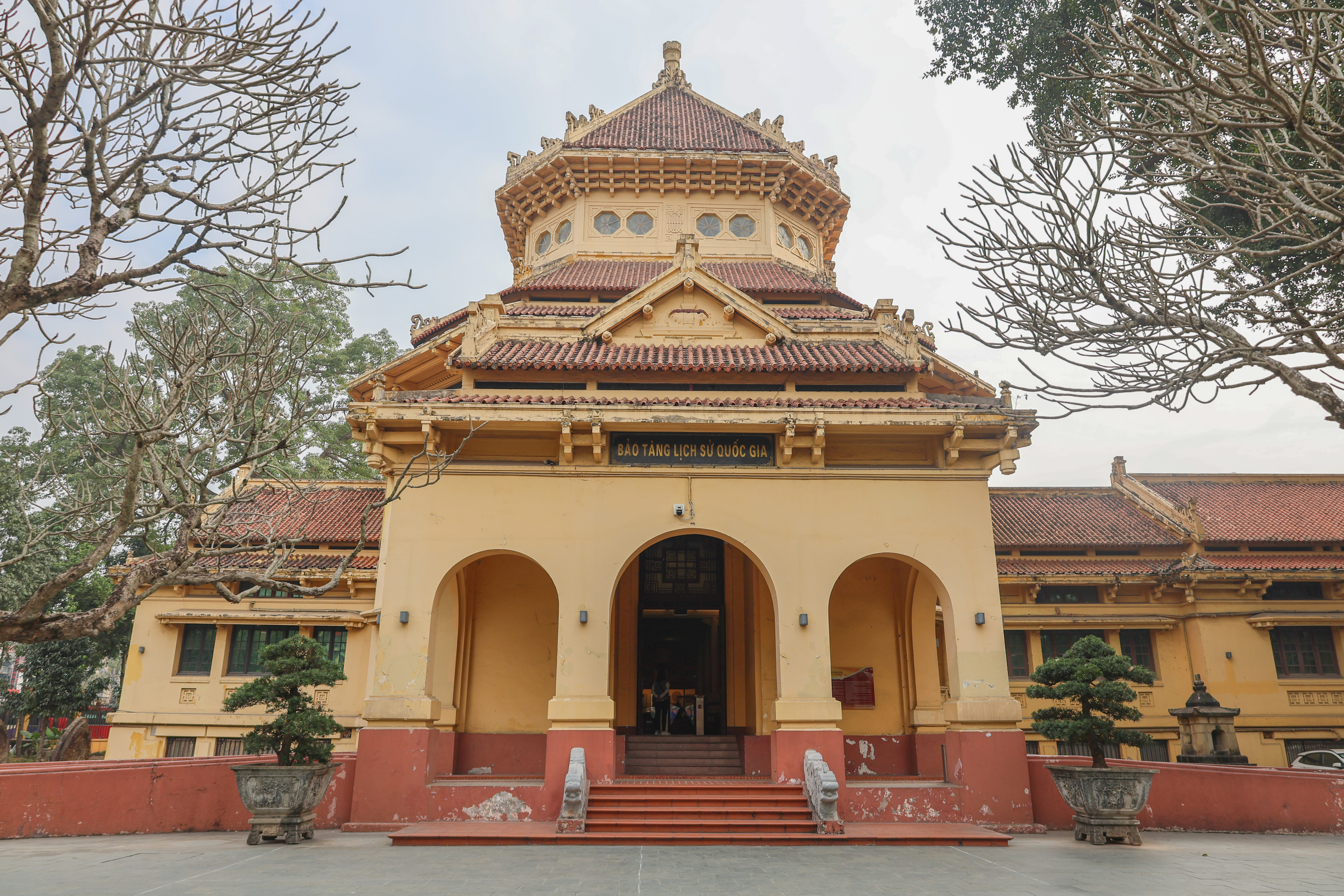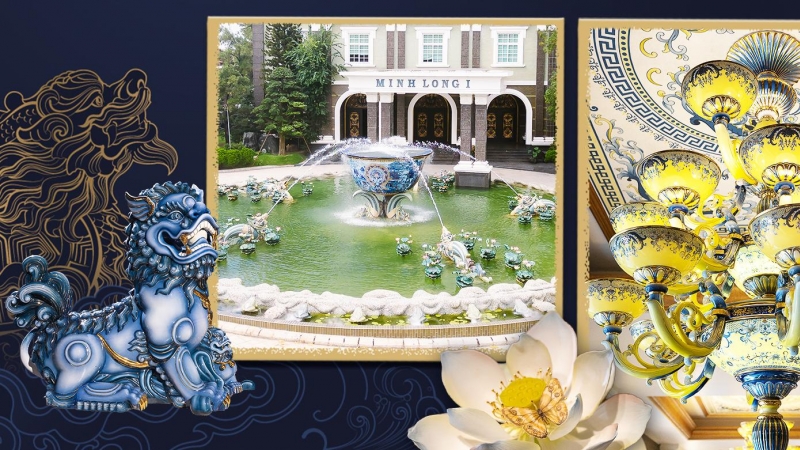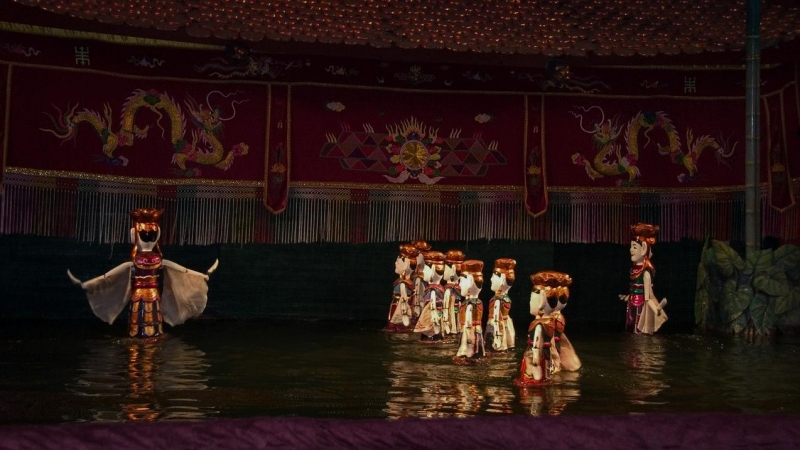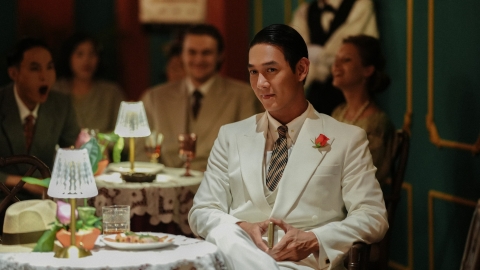The facility at 1 Trang Tien focuses on displaying artifacts from prehistoric times to 1945, the end of Vietnam's last feudal dynasty. Here, more than 110,000 artifacts are scientifically arranged by period, helping visitors have a clear view of the development of people and culture through historical periods.

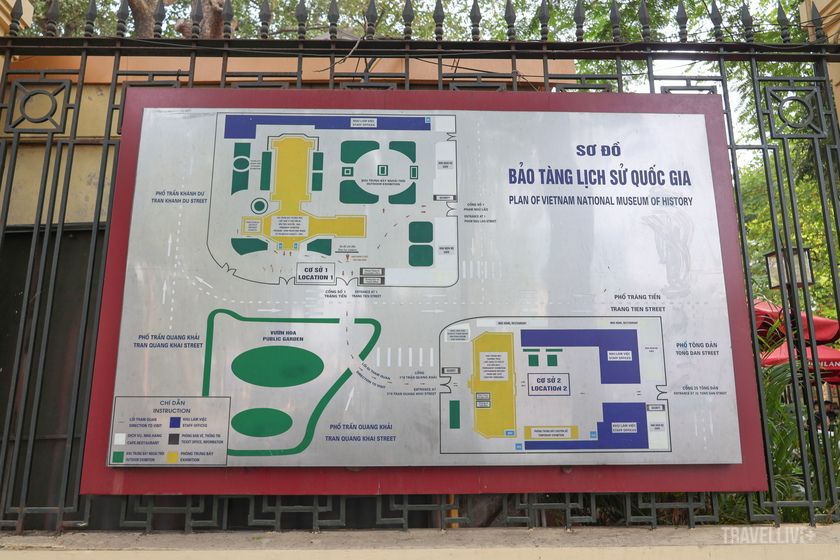
The rare collections here include relics from famous archaeological cultures such as Dong Son, Sa Huynh and Oc Eo. Archaeological artifacts from the Paleolithic period to the Bronze and Iron Ages show the remarkable development in the technique of making tools and daily utensils of the ancient Vietnamese people.
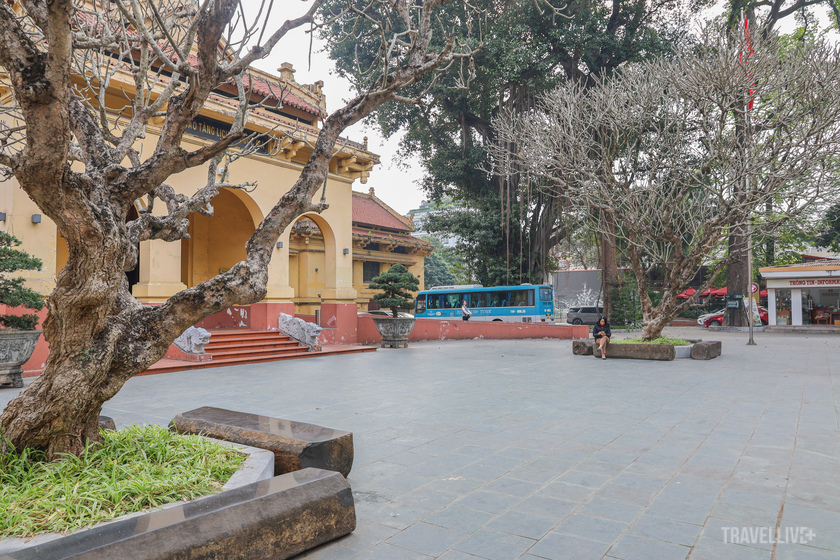
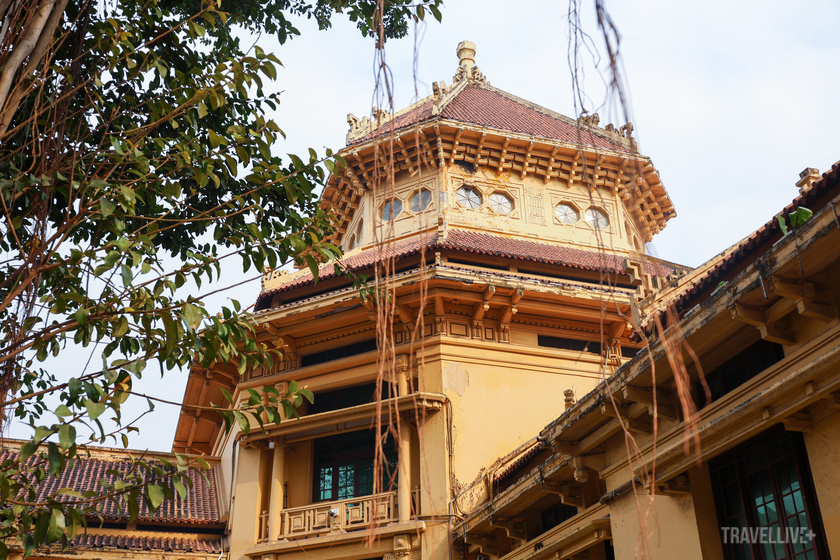
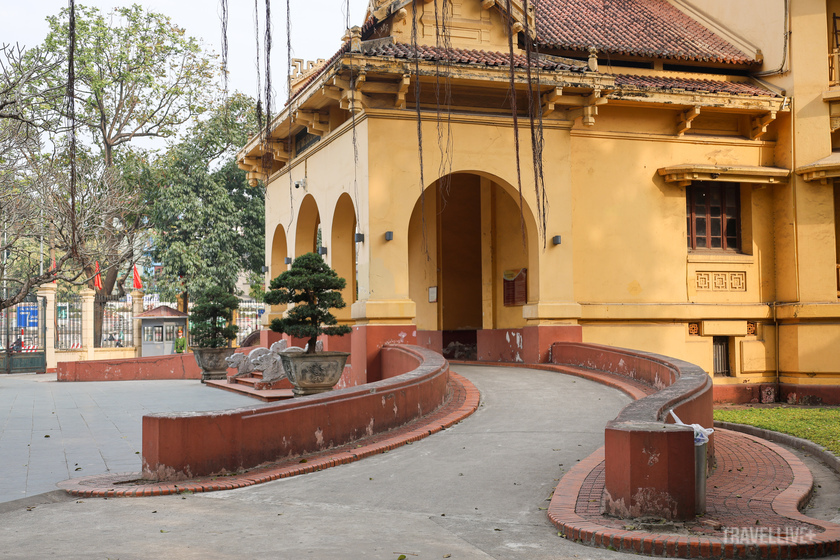
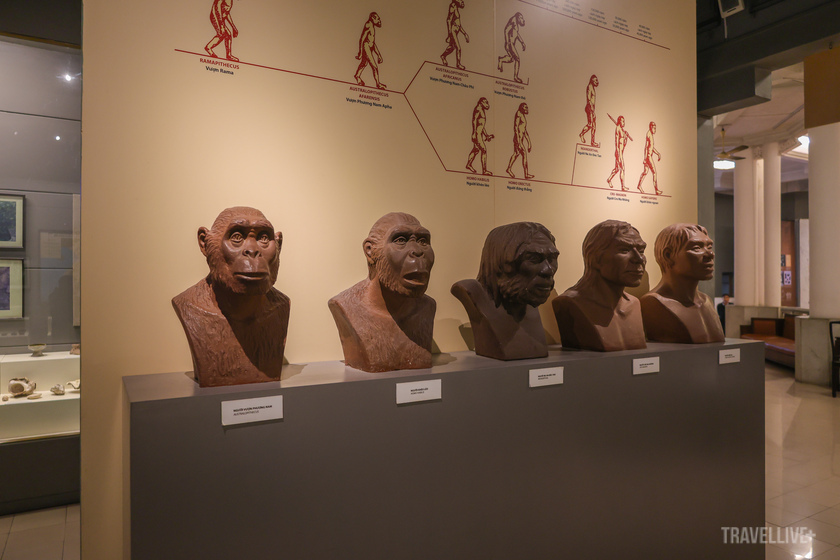
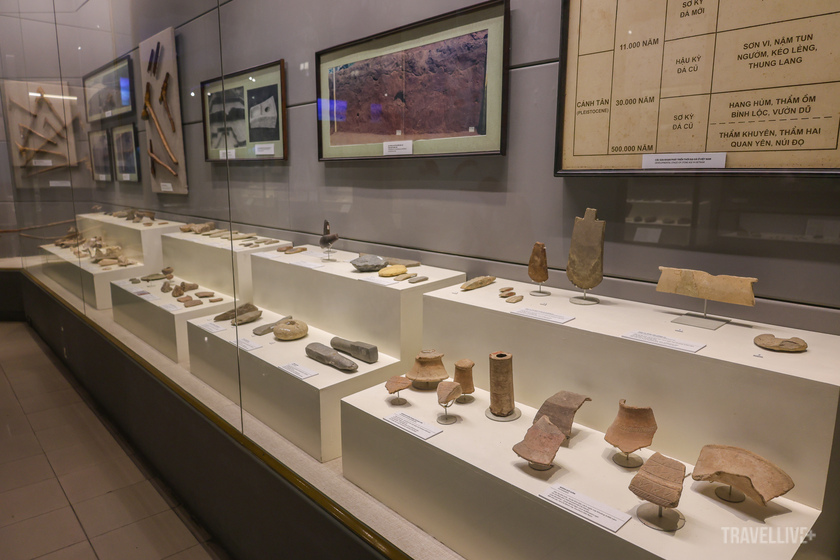
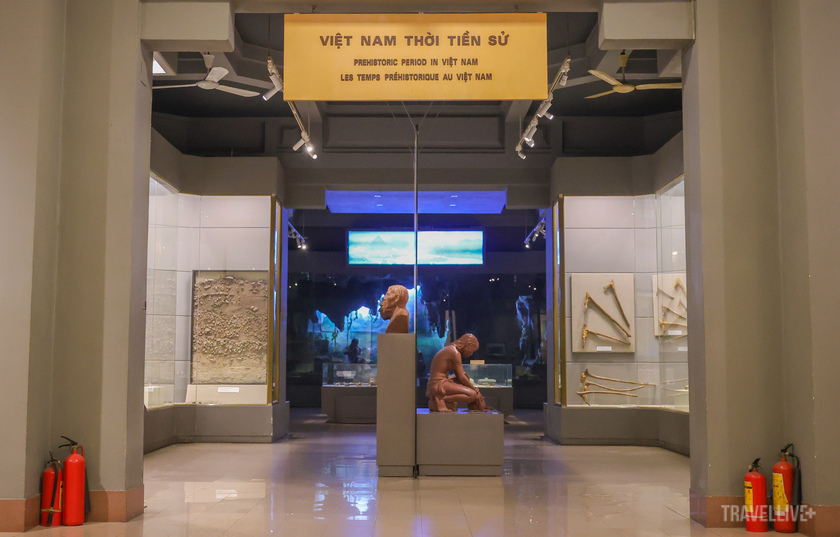
The National History Museum offers a large exhibition space.
In addition, this facility also displays national treasures and unique collections of antiquities such as ancient Vietnamese ceramics, bronze wares from the Le - Nguyen dynasties and Champa stone sculptures. These artifacts are not only valuable in terms of history but also evidence of the remarkable development of arts and crafts over thousands of years. The modern layout and airy exhibition space give viewers a sense of closeness and easy access to historical stories through artifacts.
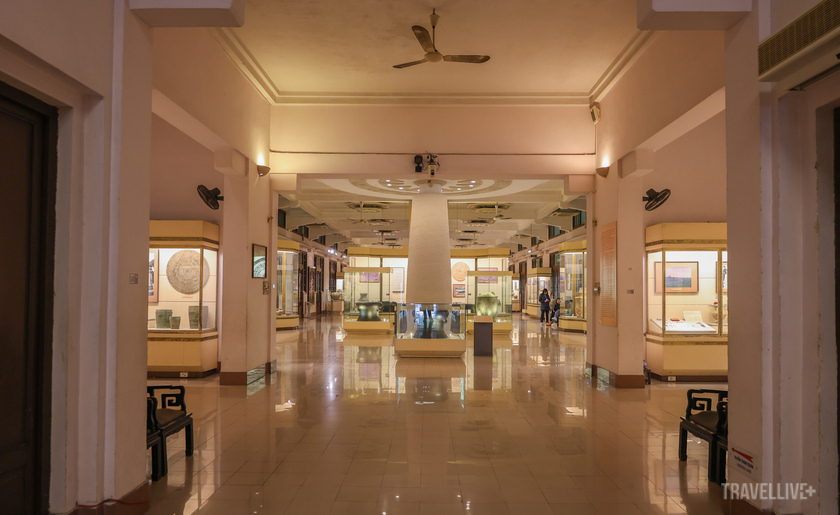
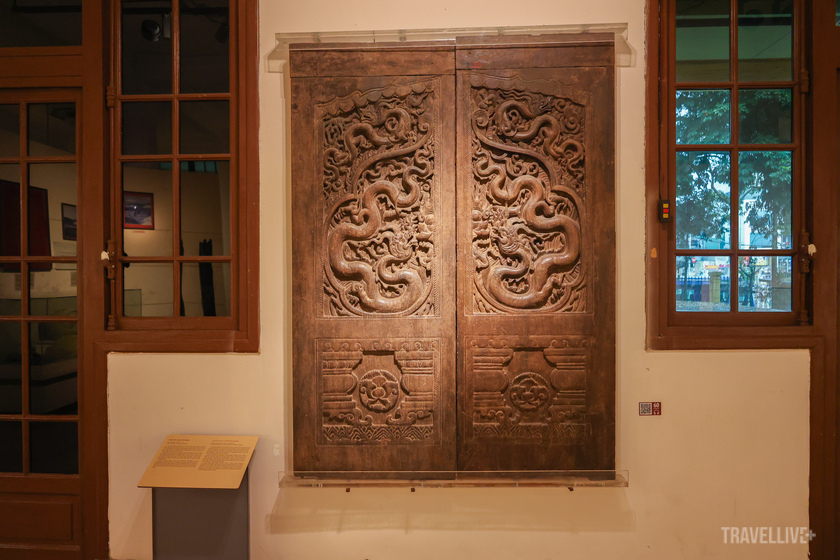


The facility at 216 Tran Quang Khai offers visitors a different perspective on Vietnamese history, focusing on the period from the mid-19th century to the present. With more than 80,000 artifacts, this place recreates a difficult but also very heroic historical period of the nation. The documents and artifacts displayed here record the struggle for national independence, from the patriotic movements against French colonialism in the late 19th century to the August Revolution in 1945.
The 30-year period of resistance against foreign invaders from 1945 to 1975 is also vividly recreated through artifacts, images and documents. Here, visitors have the opportunity to learn about important historical events, from the Dien Bien Phu victory in 1954 to the Spring General Offensive and Uprising in 1975, which ended with the liberation of the South and the reunification of the country.

The painting depicts the largest naval battle in history.
Not only stopping at wars, the museum also displays artifacts reflecting the process of building and developing the country from 1976 to the present. Outstanding achievements in the fields of economy, culture, education and science and technology of the country are recreated through documents, images and artifacts.
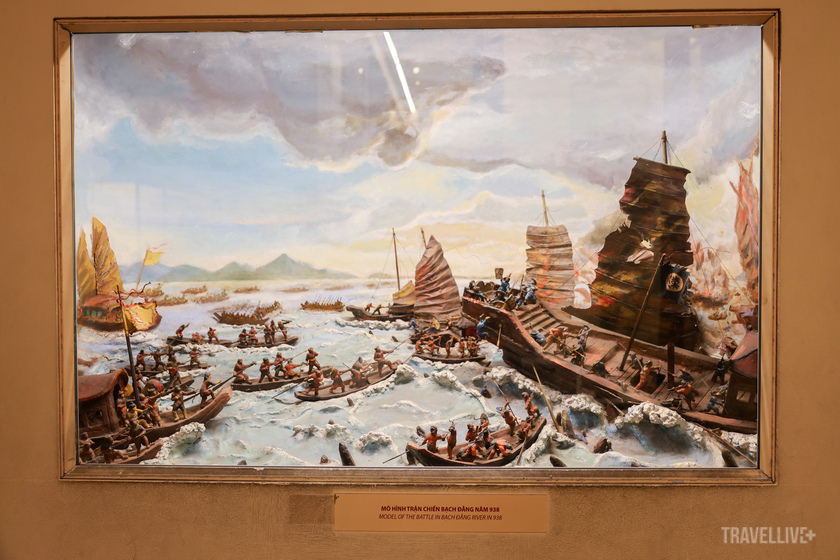

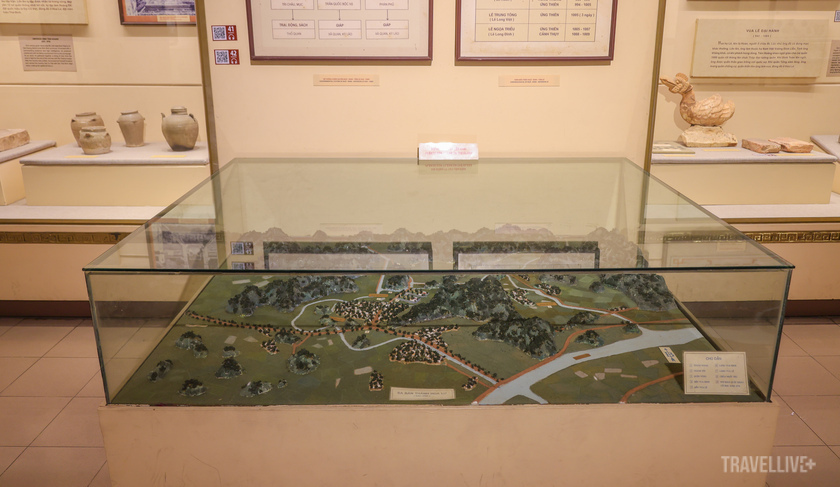
The architecture of the two museum facilities is also a notable highlight. Facility No. 1 Trang Tien was built in 1926 by the French, with a strong Indochinese architectural style combining the ancient Eastern and modern Western features. The octagonal roofs, the overlapping roof system and the stylized pillars create an elegant beauty, while meeting the requirements of function and climate conditions. The exhibition space is cleverly designed to take advantage of natural light, bringing a warm and intimate feeling. Meanwhile, the facility at 216 Tran Quang Khai was renovated from classical French architecture, creating harmony between the past and the present.
Visiting the National Museum of History is not only an opportunity to admire valuable artifacts, but also an opportunity to learn more deeply about the history, culture and indomitable fighting tradition of the Vietnamese people. Each artifact in the museum carries its own story, contributing to the authentic recreation of the ups and downs in the flow of history for thousands of years.
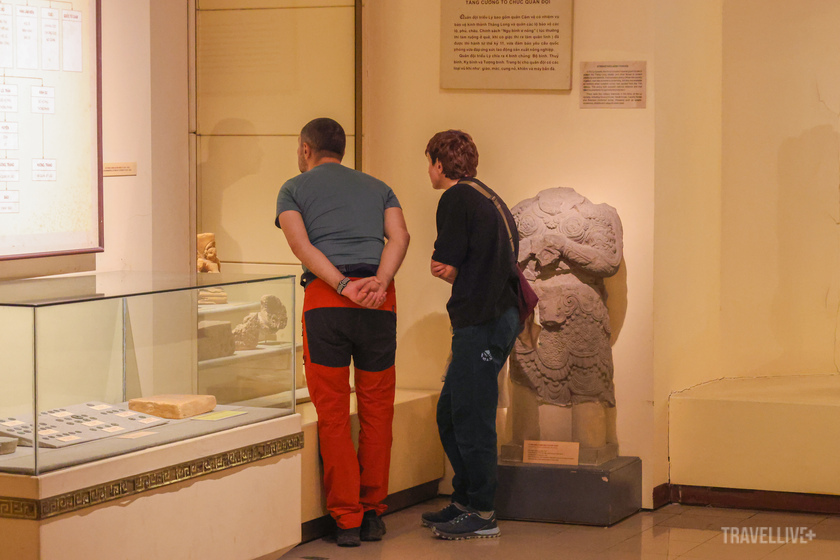
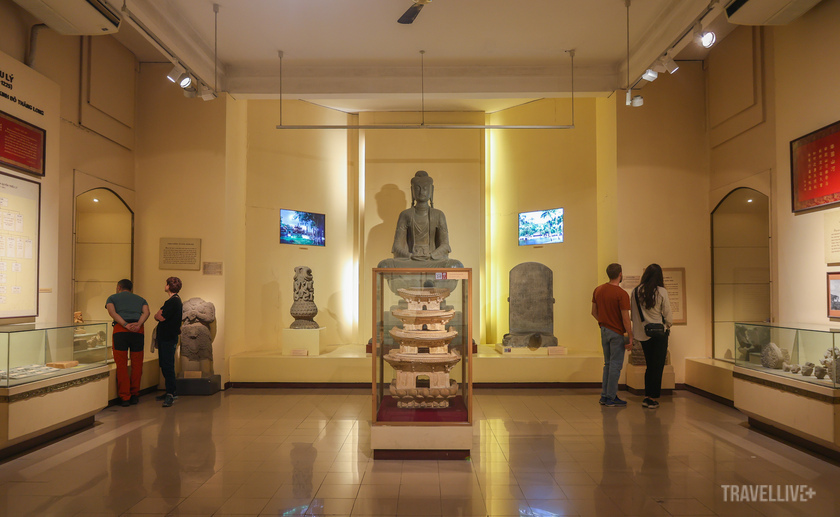
The National History Museum is open from 8:00 to 12:00 and from 13:30 to 17:00 every day, except the first Monday of each month. The entrance fee is very reasonable: 40,000 VND for adults, 20,000 VND for students, 10,000 VND for pupils, and free for children under 6 years old. In addition, subjects such as the elderly and people with severe disabilities also receive discounts according to current preferential policies.
With its richness in exhibition content, architectural value and educational activities, the National Museum of History is a place worth exploring when coming to Hanoi. This is not only a place to preserve national memories but also a bridge to bring Vietnamese history and culture closer to the public. A visit to the museum will bring you memorable experiences, helping you feel more deeply about the lasting values that history has left.
Some other pictures at the museum:
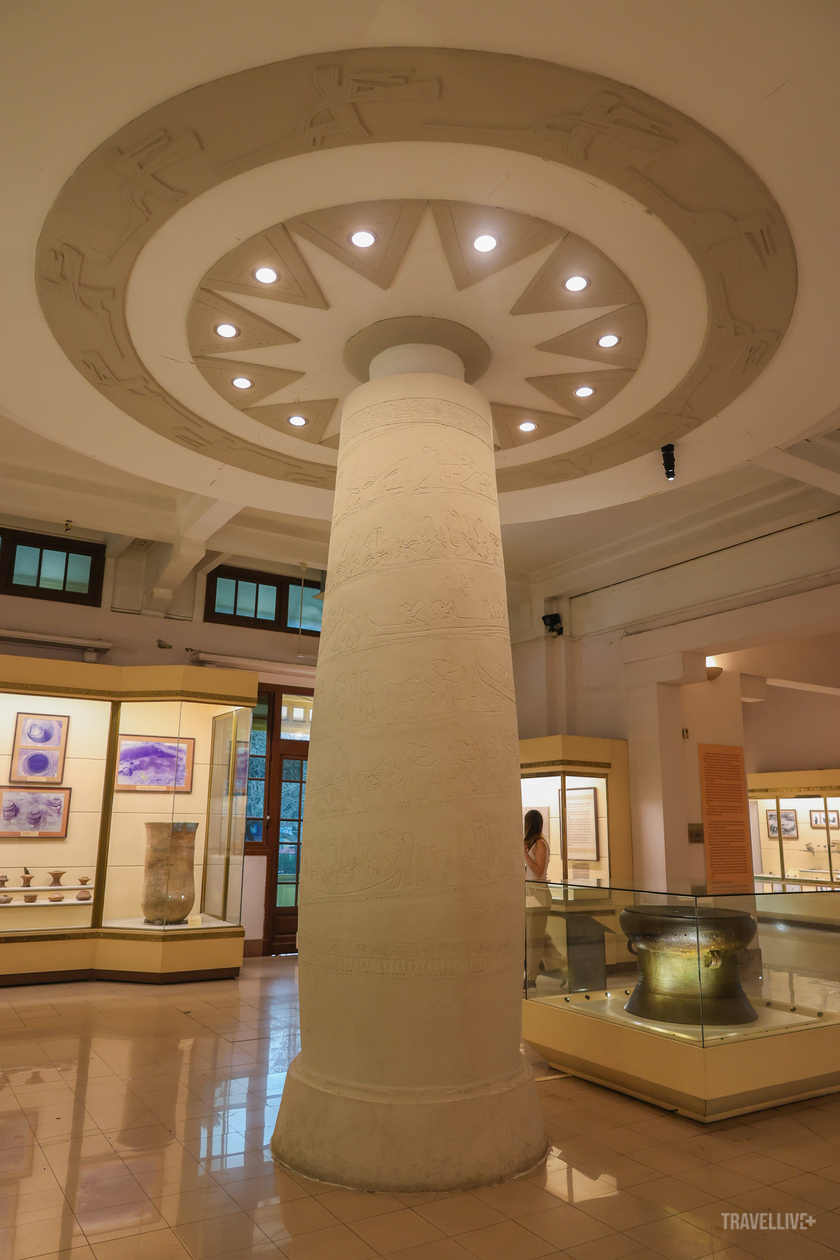


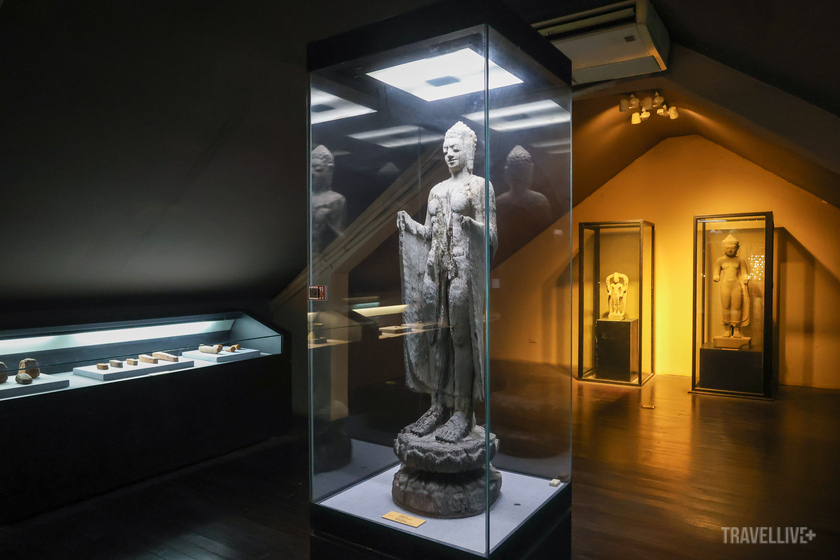

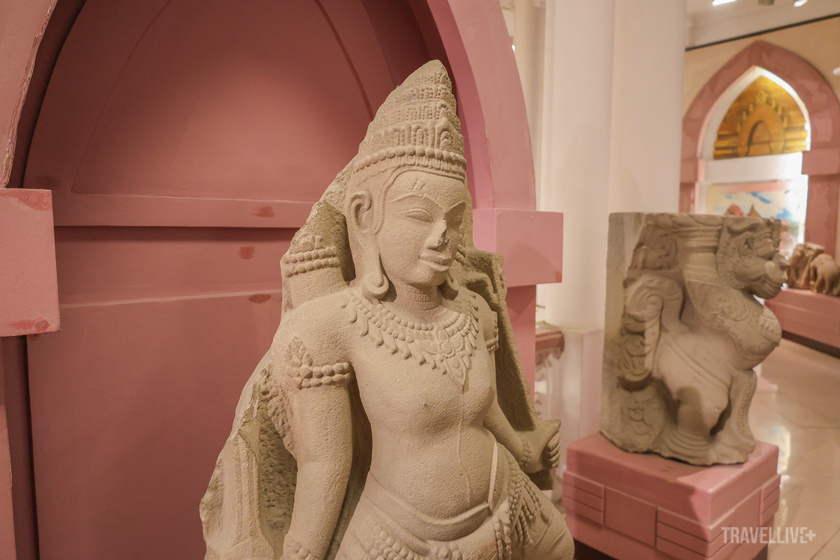
This place contains vivid national historical stories spanning thousands of years.

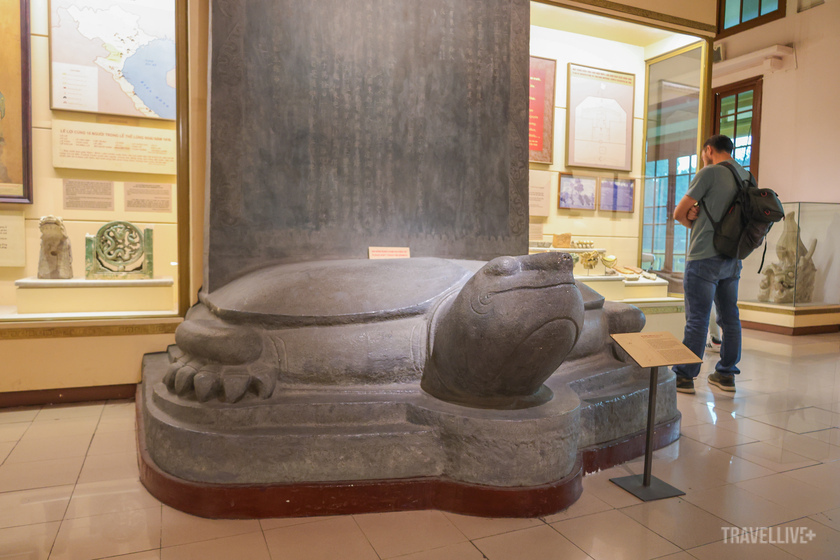
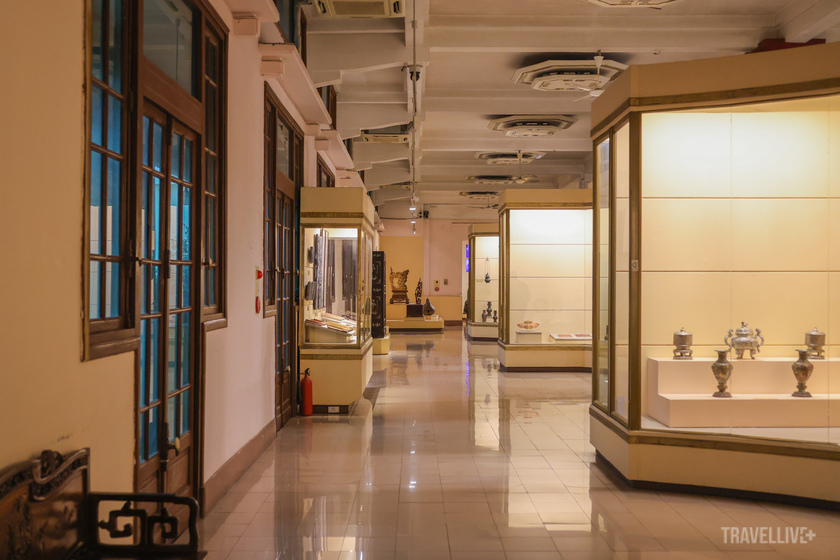
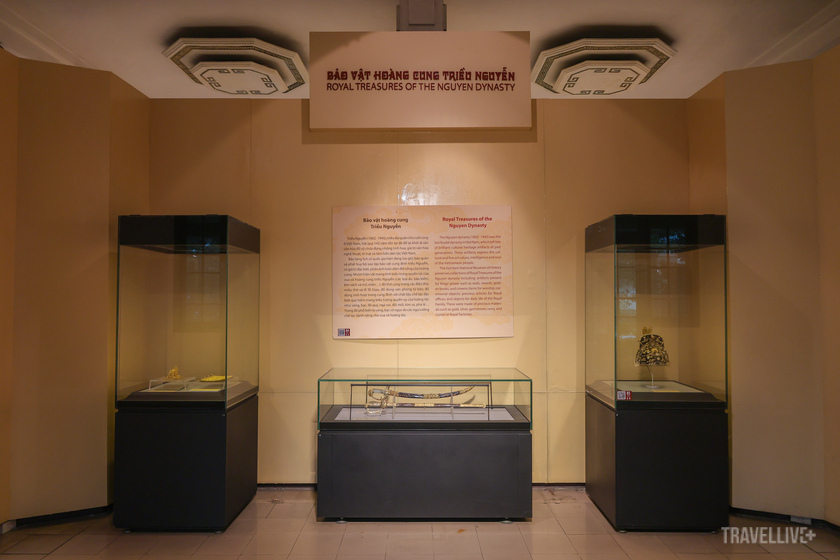
Rare specimens are displayed here.
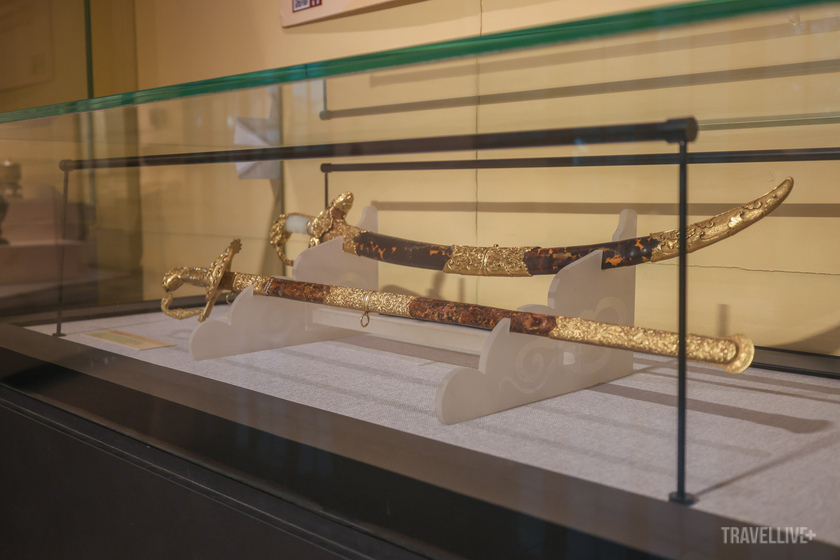
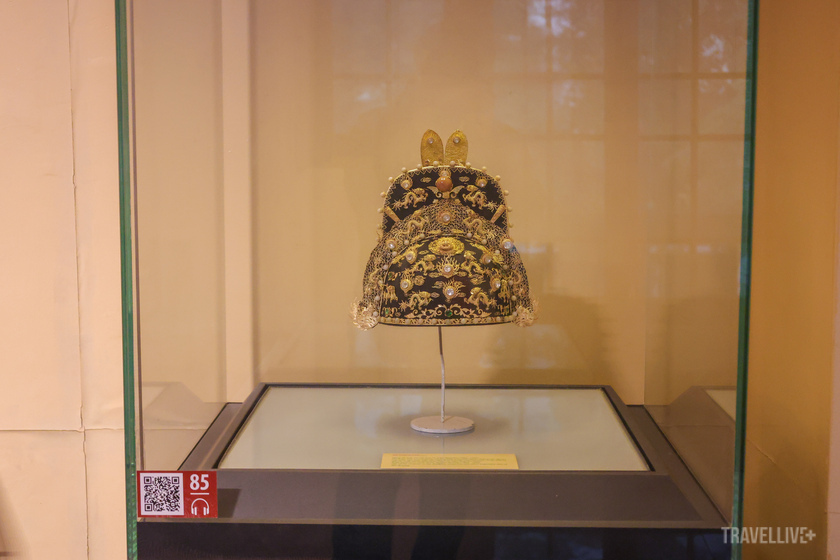
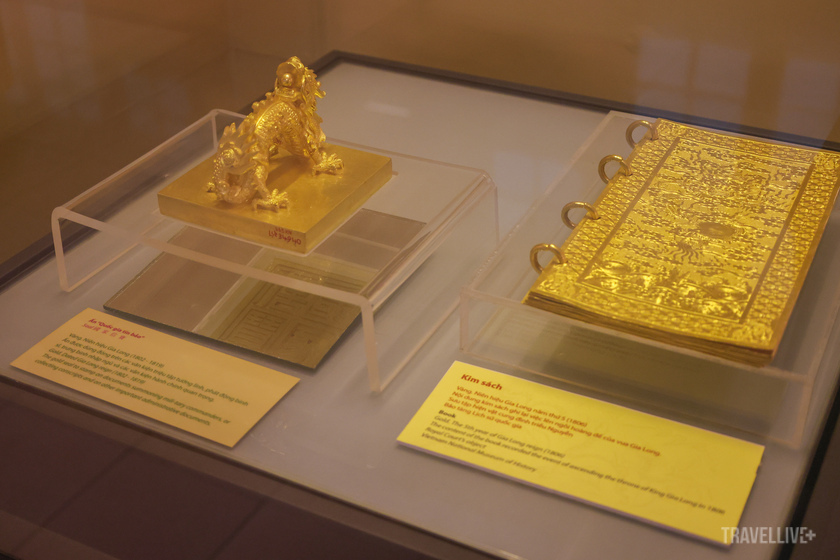
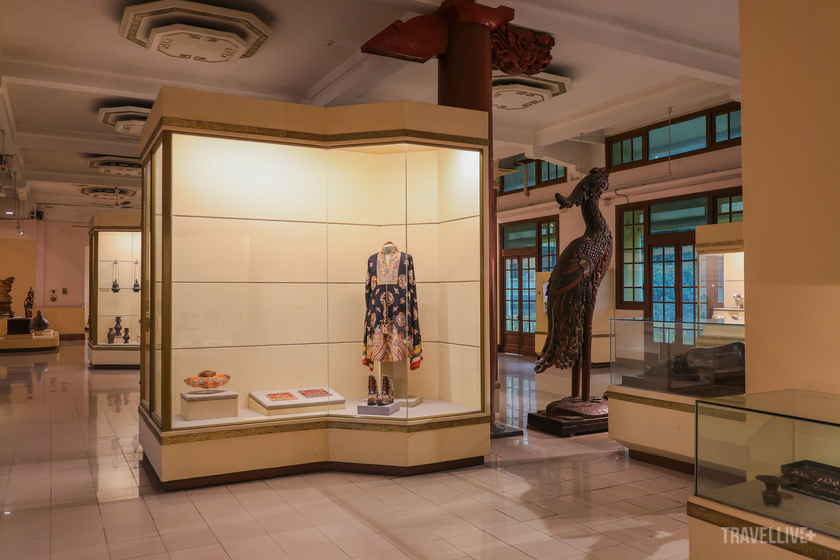
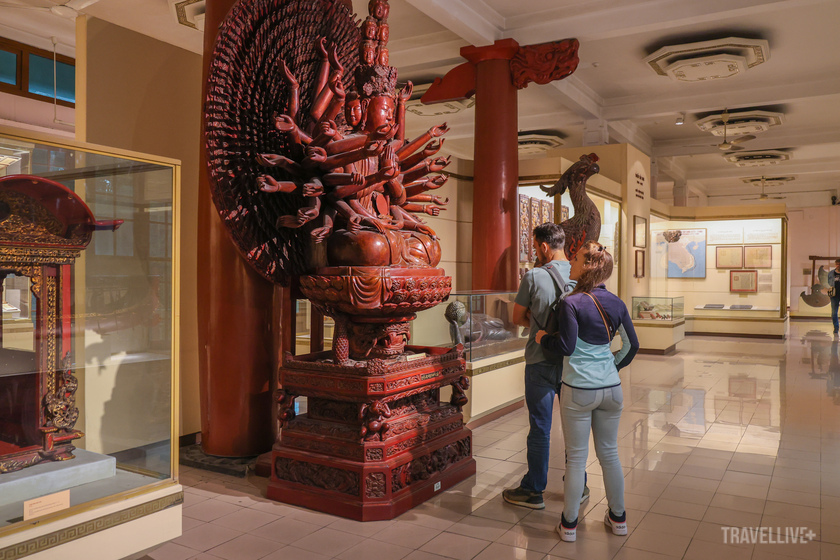
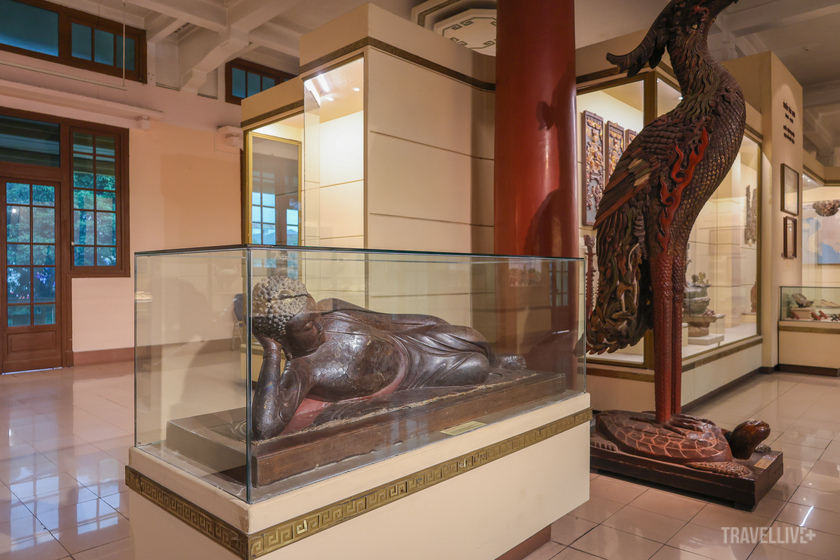


Visiting a museum is an opportunity to learn more about history, culture and traditions.
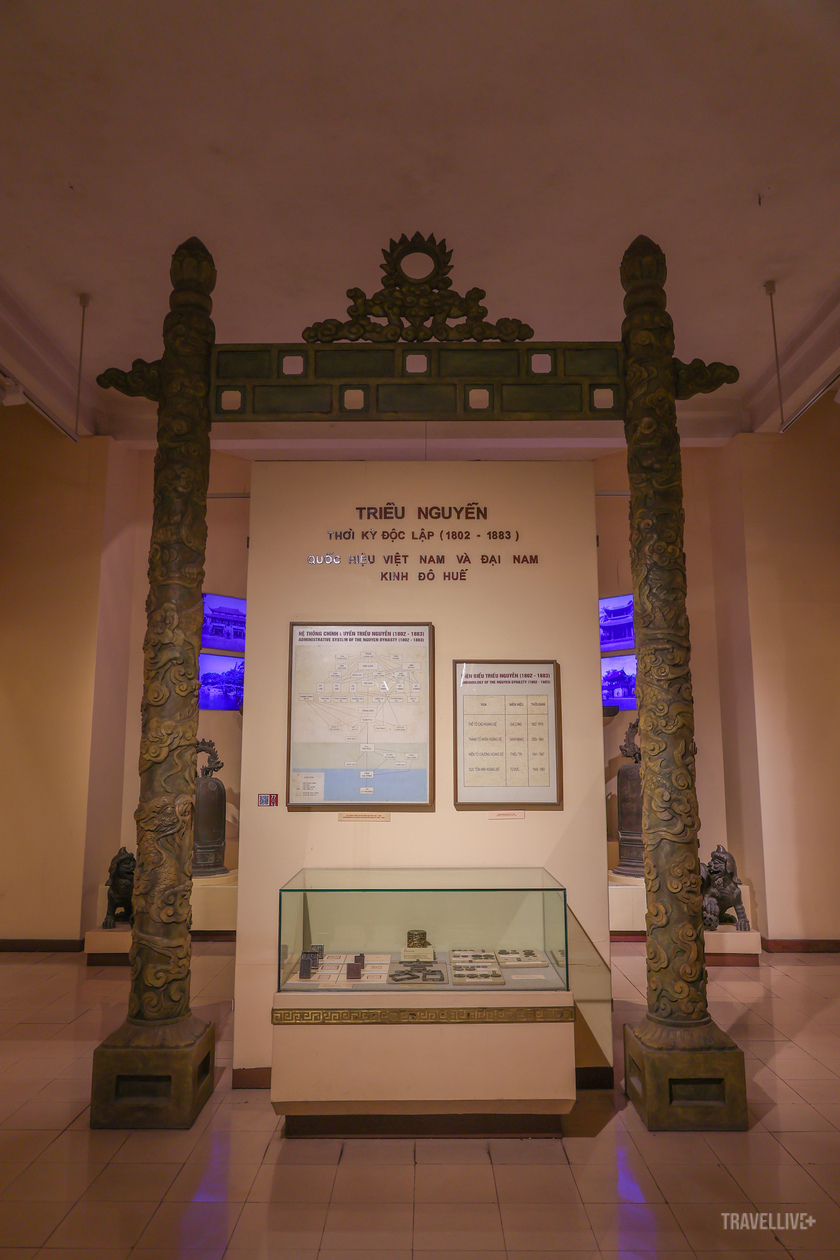

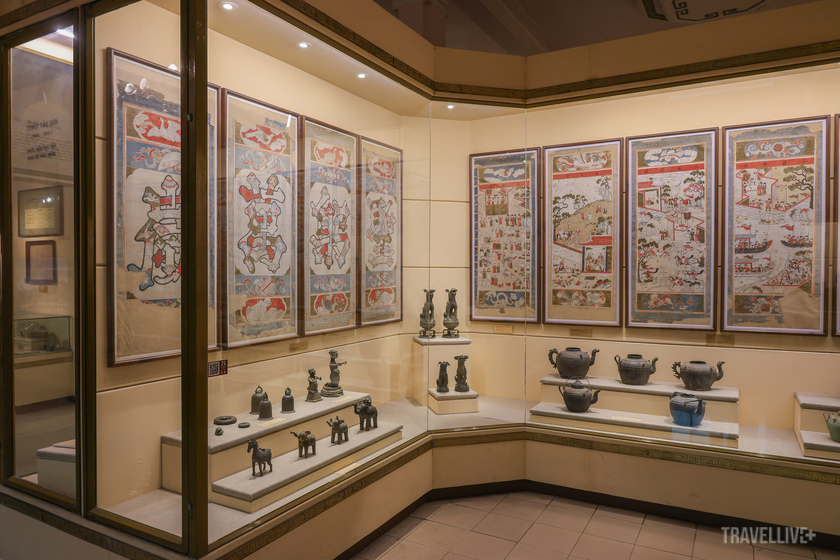
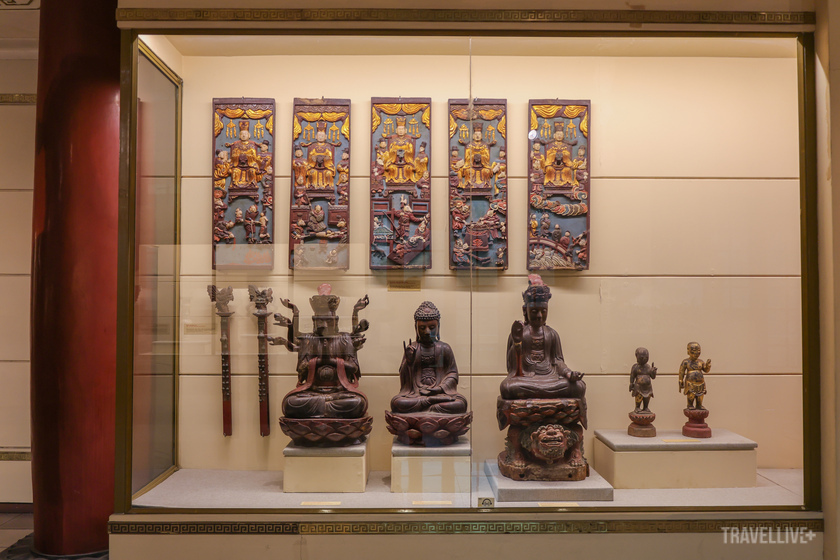
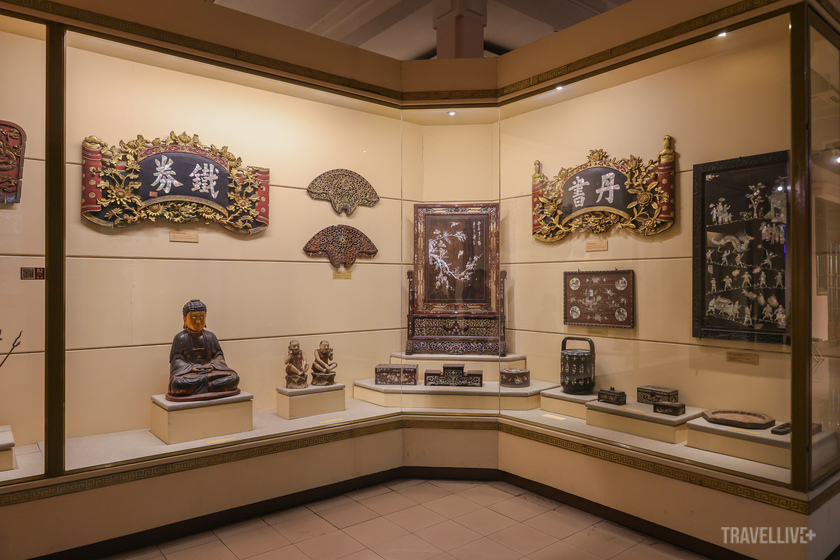
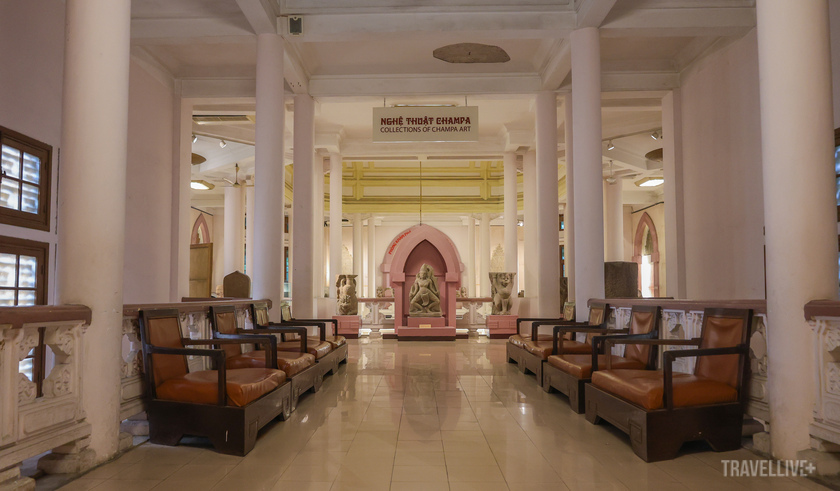
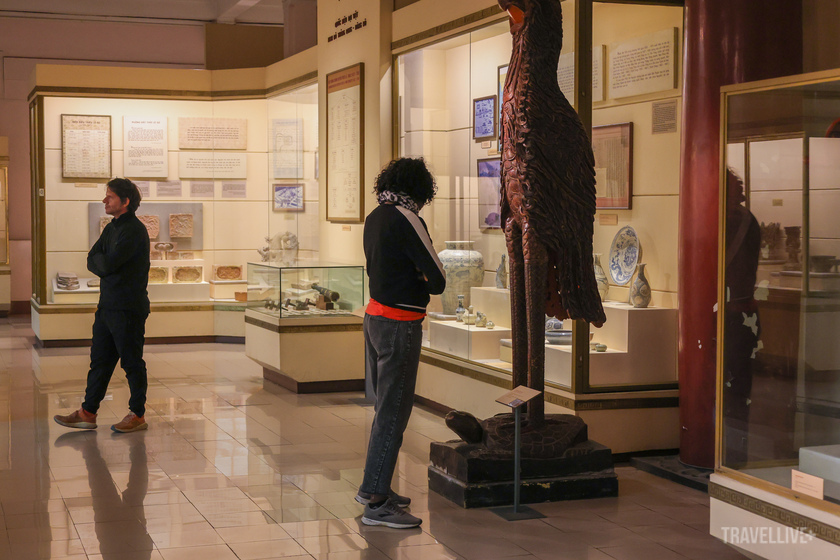
The museum is a place that attracts many visitors, from foreign tourists...
